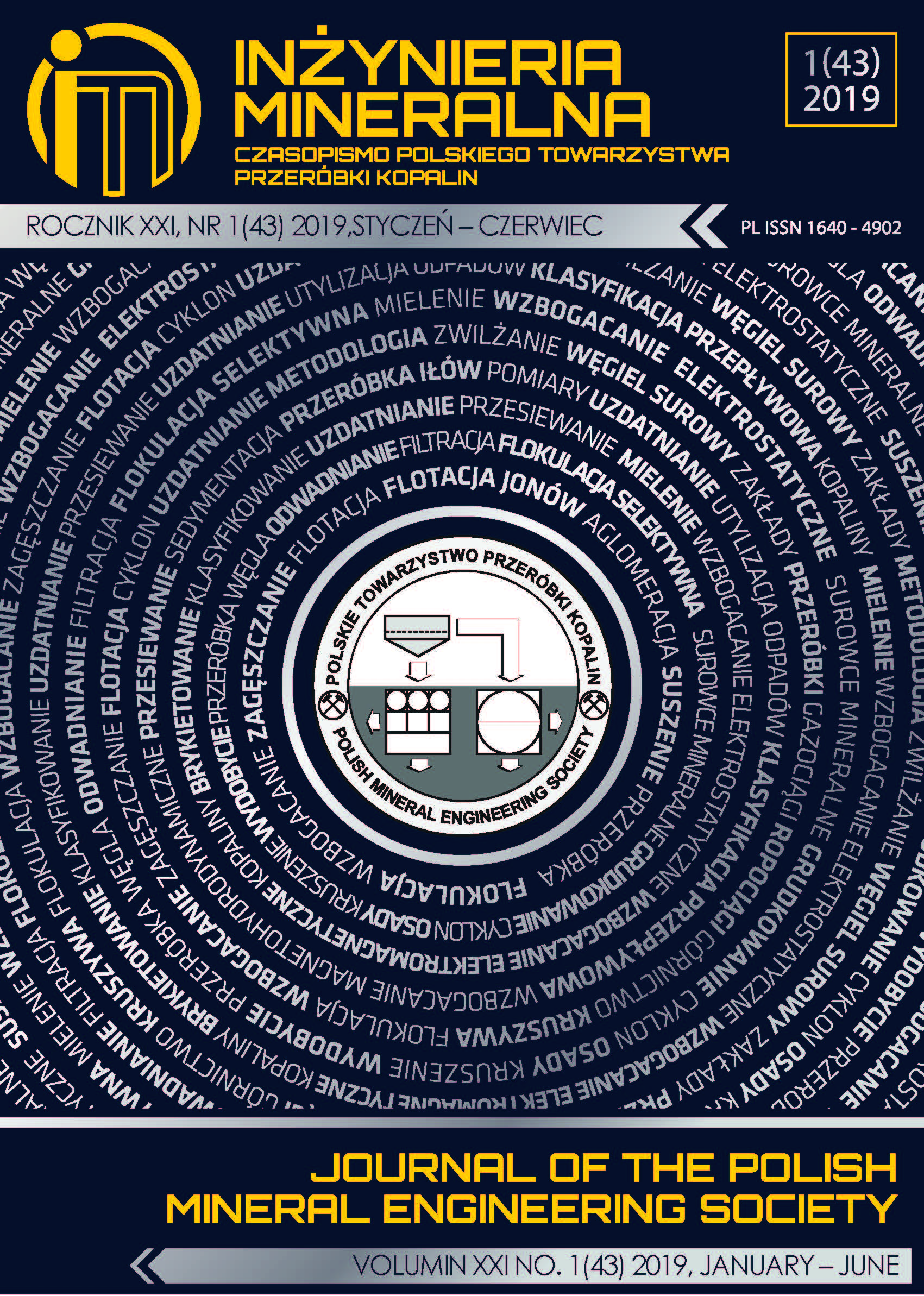Critical, Strategic and Deficit Raw Materials in the Waste of Electrical and Electronic Equipment and in Batteries and Accumulators
Abstrakt
This article presents the waste electrical and electronic equipment and batteries and accumulators as a potential source of critical,
strategic and deficit raw materials.
The dominant types of waste obtained after the disassembly of used electrical and electronic equipment are plastics: polypropylene
(PP), acrylonitrile-butadiene-styrene (ABS), polystyrene (PS) and teflon and metals. These metals include: magnesium, cobalt,
antimony and tantalum (critical raw materials), aluminum, nickel, iron and zinc (strategic raw materials) as well as copper and
silver (deficit resources), as well as lead, tin, gold and cadmium. Batteries and accumulators are a source, among others metals
such as: nickel and zinc (strategic raw materials), manganese and lithium (deficit resources), aluminum (strategic raw material),
and cadmium, lead.
The article presents the results of analysis of the material composition of the waste electrical and electronic equipment conducted at
the Institute of Mechanised Construction and Rock Mining. It also presents the level of imports and exports of waste and scrap-metal
that are the subject of this article. In addition, the article presents a source of information about waste and recycled materials.
Czasopismo pozostawia część majątkową praw autorskich autorowi.
Czasopismo zezwala autorom i zachęca ich do zamieszczania swoich artykułów na prywatnych stronach internetowych oraz w instytucjonalnych repozytoriach. Dotyczy to zarówno wersji przed opublikowaniem, jak i wersji po publikacji. Udostępniając swoje artykuły są zobowiązani do zamieszczenia szczegółowych informacji bibliograficznych, w szczególności (o ile to tylko możliwe) podania tytułu tego czasopisma.







.png)
